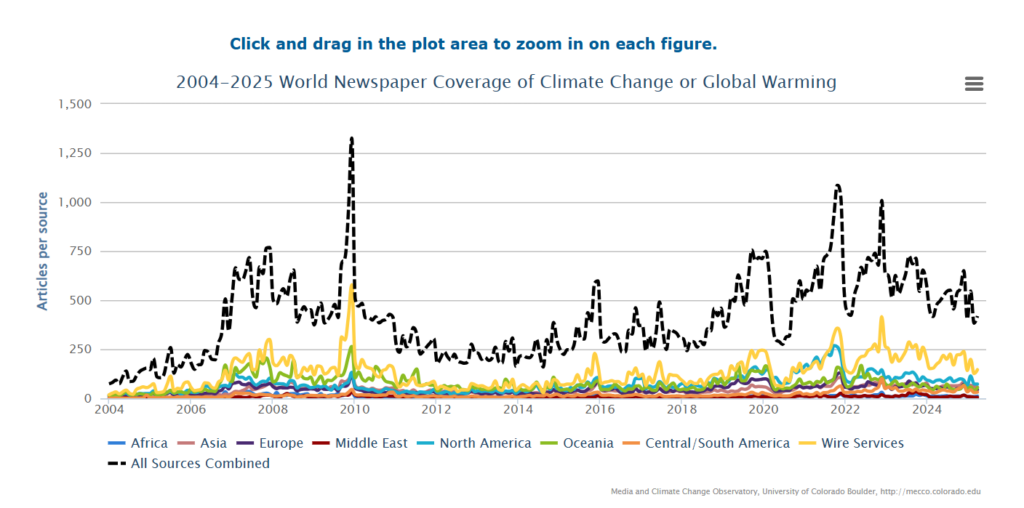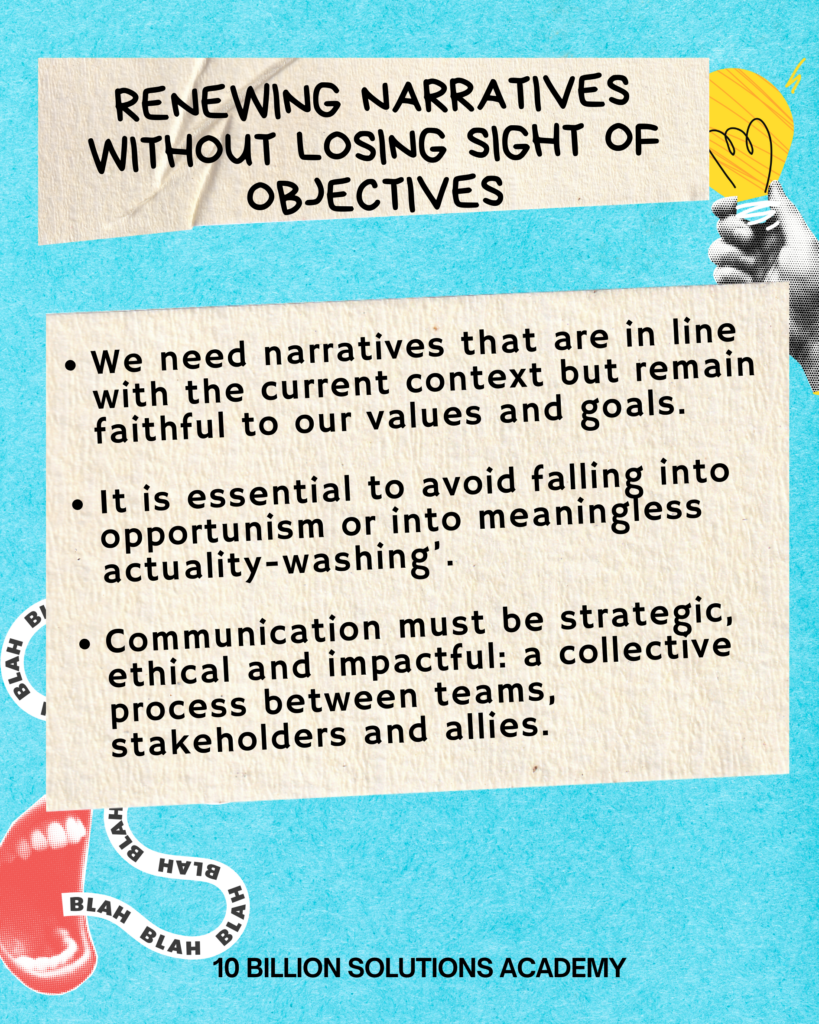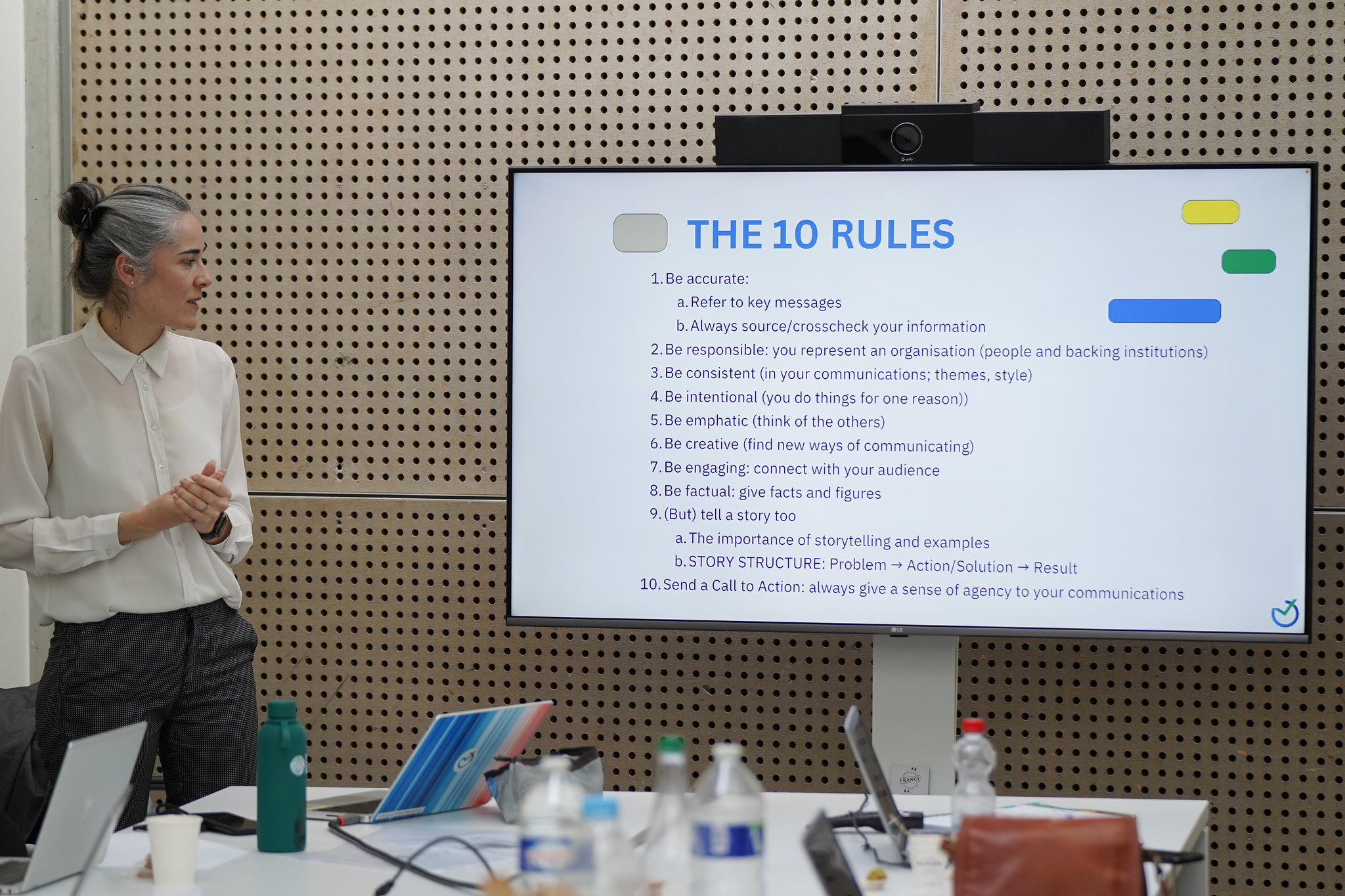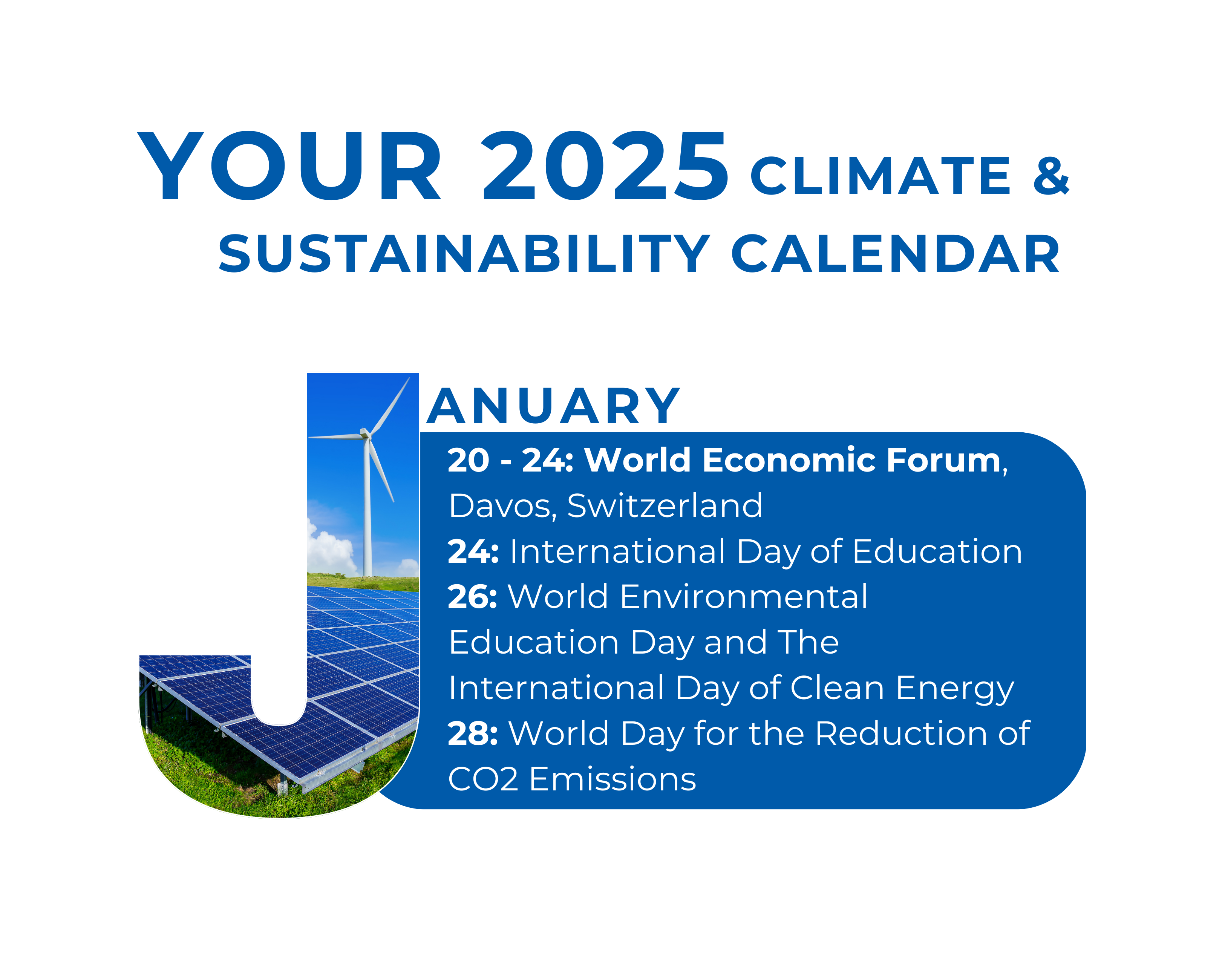We have reached the end of the first quarter of 2025 and what have we achieved in terms of climate action? Probably less than we would have done in better circumstances. The reason is not a lack of commitment, but an overwhelming context mixed with inertia.
We have entered a new world disorder where uncertainty reigns. The new US administration, with Donald Trump at the helm, has not only reversed climate policies and made ‘drill, baby, drill’ an anthem, but even climate science is being censored and the scientists themselves fired.
In addition to the climate, Donald Trump has also thrown a punch at the global trade game board by prioritising America First. Meanwhile, Europe is betting on industrial and military rearmament and a public discourse of total crisis in preparation for the worst. In this context, we need new climate narratives.
The climate drops to second division: What do we do?
Between the trade war, the arms race, democracies under threat from disinformation and cyber-attacks, and spending cuts, there is little room left for talking about the climate in public debate, the media or in boards of directors. Although the issue has not disappeared, it has fallen dramatically in the order of priorities.

Faced with this situation, what can we, who work for the climate, do? A priori, we would have three options: the first, to stop talking about climate change; the second, to continue talking as we have been doing until now as if nothing was happening; and the third, our favourite, to stop, to come out of the state of shock in order to think, to talk and to construct new climate narratives that reflect and give meaning to the current reality of the world.
Thinking: the first step in building new climates narratives
Once the incomprehension and indignation have passed, it is time to face the problem, concentrating our energy on communicating in order to influence informed decision-making effectively.
All reflection begins by taking context into account, both positive and negative, in order to identify the barriers and the springboards for climate action. This is our selection of trends:
Five negative trends we cannot ignore
Five clear warning signs from the first quarter of the year:
- Trump 2.0 and the anti-climate shift: Since his return, the Trump administration has withdrawn the US from the Paris Agreement, dismantled key environmental protections and declared an ‘energy emergency’ to prioritise oil, coal and gas.
- Historic sentence against Greenpeace: The $660 million ruling for protests against the Dakota Access pipeline not only punishes an organisation, but also seeks to intimidate global climate activism.
- Regulatory backsliding on sustainable finance: The US Treasury Department has eliminated guidelines for banks to manage climate risks. A decision that weakens the integration of ESG criteria just when it is most needed. In Europe too, regulations on companies to report their climate and environmental actions are being relaxed.
- Rearmament and geopolitical escalation in Europe: The reactivation of military budgets in Europe and new strategic positioning dilute the climate agenda, shifting resources and political attention.
- The new US trade war: Under the banner of protecting strategic industries, the US has initiated restrictions on clean technologies from Asia, hindering global collaboration for the energy transition.
Five positive trends that give room for hope
Five pieces of good news for the climate that show that climate action is still alive:
1. US Climate Alliance redoubles its efforts
The US Climate Alliance, which represents 60% of the country’s economy, reaffirmed its commitment to climate action despite the federal shift, promoting clean policies at the state level.
2. Renewable energy reaches global record
In 2024, 585 GW of renewable capacity was added, a growth of 15.1%. Today, more than 90% of new electrical installations in the world are from clean sources.
3. China launches its first global green sovereign bond
In April, China issued a green bond for 825 million dollars to finance low-carbon projects, such as electric mobility and protected areas. It is a clear sign of its commitment to decarbonisation.
4. Global agreement to finance biodiversity
In March, during the COP16 on biodiversity, countries agreed to mobilise more funds to protect nature, with the aim of closing the financial gap by 2030.
5. Progress in the fight against corporate deforestation
The Accountability Framework Initiative (AFI) recommended that companies set 2025 as the deadline for eliminating deforestation from their supply chains, in line with the objectives of the Paris Agreement.
Renewing narratives without losing sight of objectives

Each climate professional must analyse what is happening, internationally, regionally and nationally, and thematically, in our respective sectors, be it energy, finance, mobility, climate negotiations, nature or social justice.
After this analysis, it is time to bring the teams together and then the stakeholders and partners, so that together we can start to construct narratives that respond to the new reality and that reflect our vision of the world and our objectives.
Be careful, because in this process of renewing narratives, we run the risk of falling into an opportunism that is not only unethical but can also be counterproductive. In other words, we cannot simply jump on the bandwagon of new trends and prevailing concerns without really being aligned with the deep reality to which they respond. Let’s avoid the risk of falling into this ‘current affairs-washing’.
As climate professionals, in the midst of this period of profound change, we invite you to renew your narratives in order to remain relevant and have the greatest possible impact on decision-making.
At 10 Billion Solutions, we invite all climate and sustainability professionals to engage in this exercise of constructing new narratives to ensure that their communications are relevant and have an impact.
In the Toolkit section of the 10BS Academy, you will find strategic tools designed to help you get your message across clearly, effectively and with impact, and build new climate narratives. We also invite you to subscribe to our newsletter to receive news, exclusive content and practical advice directly in your inbox.




